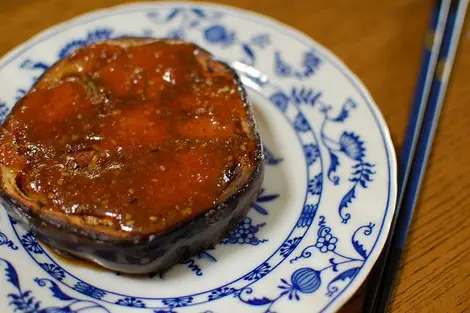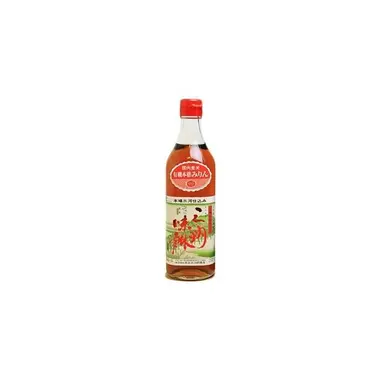Mirin みりん
The sake of the kitchen
Mirin is a must for Japanese cuisine. Whether used as a seasoning or for cooking simmered vegetables, this sweet rice wine brings a pleasant sweetness to Japanese dishes.
Recognizable by its golden color and syrupy consistency, mirin is a cupboard staple if you cook Japanese food.
It first appeared in the fifteenth century as a derivative of sake. In the Edo period (1603-1868), mirin was drunk as a sweet sake during festive meals, and even women consumed it. It was later, from the seventeenth century, that it found its place in the kitchen alongside other condiments, replacing sugar, which was difficult to find at the time.
A sticky rice alcohol
This rice alcohol, used exclusively in cooking, is made from glutinous rice, mochigome. Once the rice is steamed, brandy is added - most of the time shochu - and then koji, a ferment used to make miso or soy sauce. The mirin is then kept at 20 degrees for two or three months before being filtered. Fermentation can last from a few months to several years.
Related: Sake
Varieties of mirin
There are several kinds of mirin, starting with hon mirin, the most classic. Its long fermentation time gives it a deep flavor, and it contains about 14% alcohol, compared with 1% for shin mirin, one of the cheapest varieties. Shio mirin is characterized by its salt content. Use it with caution, especially if your recipe already contains soy sauce or tamari!
Most mirin breweries are located in the Mikawa area of Aichi prefecture, where the water quality and temperate climate have made it the optimum place of manufacture for more than 200 years. Sumiya Bunjiro Shoten brewery is one of the most famous breweries in the country for its non-sterilized mirin, made in a way that respects tradition.
Everything that shines
Teriyaki, yakitori, okonomiyaki, tsuyu, dengaku-miso... Most Japanese sauces contain mirin. Beyond its sweet taste, it's very popular for the appealing, glossy look it gives to dishes. It also enhances the umami flavor.
Read also: Yakitori



















